Naval Observer Badge, by H. Schaper
SKU: 03.GEM.0107.101.01
Estimated market value:
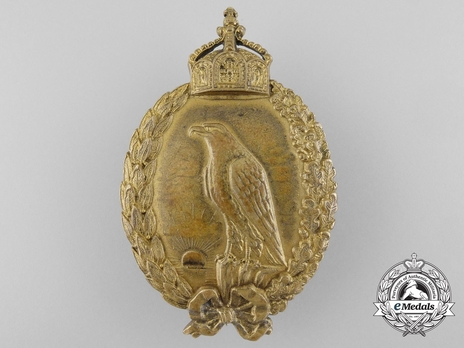
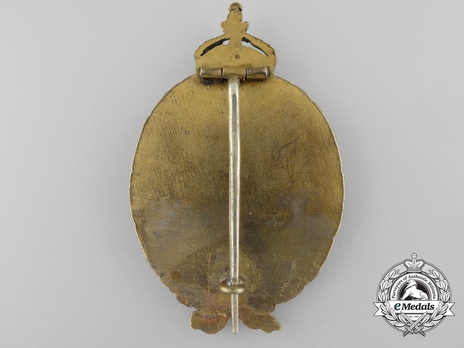
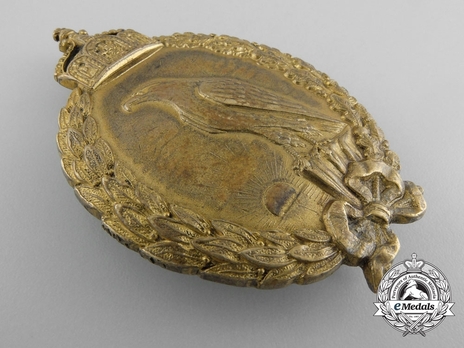
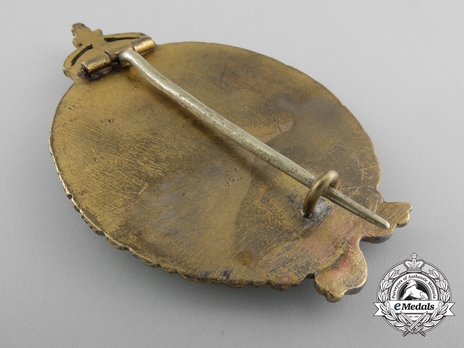
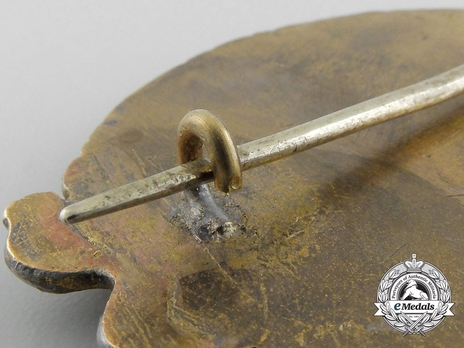
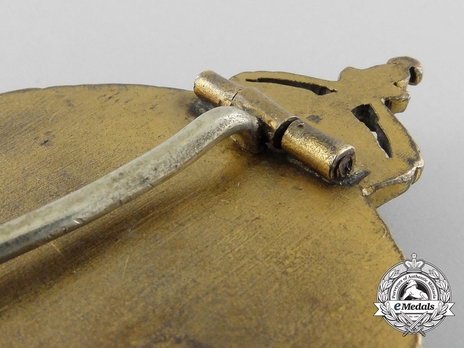
Estimated market value:
Attributes
History
An air force branch under control of the German Navy was formed by decree of Emperor Wilhelm II on June 1, 1913. Its tasks were mainly reconnaissance-related and confined to the North Sea and Baltic areas. Some naval air force support was granted to the Ottoman allies, namely in the Black Sea area, including the Dardanelles. This does not mean, however, that they weren’t involved in combat with enemy planes and ships. About half of all naval airplanes were destroyed or damaged beyond repair during the war.
Naval air force personnel numbers have been given at just over 16,000, with just over 2,000 of them trained pilots and observers.
The Naval Observer Badge was first mentioned in a proposal on January 4, 1915. It was approved by Emperor Wilhelm II on May 28 and instituted on June 10, 1915.
It was initially made of silver gilt and worn in the centre of the left breast. The badge was awarded to observers who fulfilled all qualifications, which included, among others, knowledge of airplanes, navigation, morse code, and flag signals.
Just like the regular Pilot Badge of the air force, the Naval Observer Badge features a wreath made from laurel on the left and oak leaves on the right, with a bow at the bottom and an Imperial crown at the top. The difference is in the centre, which features an eagle sitting on a rock with either a rising or sinking sun over the sea.
Badges measure approximately 45mm in width and 72mm in height. They weigh between 25 and 50g. The large variation is due to different materials and designs being used.
Early silver gilt badges between 1915 and 1916 were likely only produced by maker Hugo Schaper, whereas post-1916 badges were made by multiple makers. These badges, due to the shortages of the war, were usually no longer made in silver gilt but brass gilt instead.
On the reverse, silver Schaper badges feature a crown and crescent moon stamp on the left and “800” for the silver content on the right, although on some badges this is switched. They also often feature “H. Schaper” stamped onto the pin.
Post-1916 pieces by Schaper made of brass only feature the maker mark on the pin if they feature any marks.
Some badges were produced in a reduced size, the so-called “Prinzen” size. These generally measure 30x48mm.
Due to the low numbers of naval observers, this badge is only very rarely encountered today.


Miniatures
N/A
Bronze gilt
Comments
Sign in to comment and reply.


Scroll Top